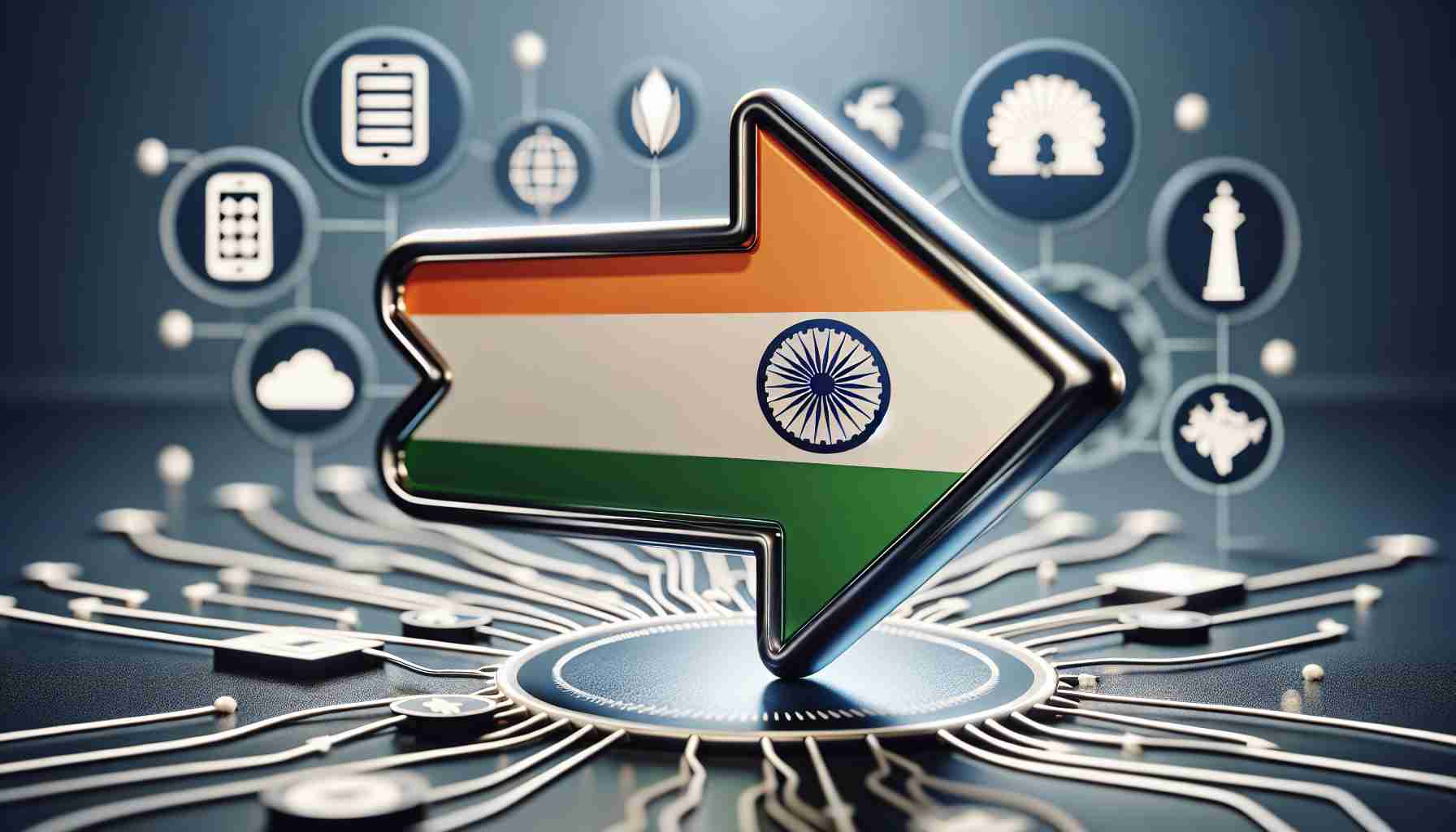HMD Global takes a leap into the burgeoning Indian smartphone market with its latest offering, the HMD Arrow, marking a departure from its usual Nokia-branded phones. The company is preparing to introduce this model, specifically targeting the budget-conscious segment, with an expected launch in early 2024.
The HMD Arrow hopes to cater to cost-aware consumers without compromising on functionality. It features a 6.56-inch HD+ screen aimed to provide users with an immersive visual experience, and it operates on the latest Android 14 platform. Under the hood, the device is powered by a Unisoc T606 processor, supported by 4GB of RAM that can be expanded to 6GB, and comes with 64GB of in-built storage, with the option to increase it up to 256GB.
Further emphasizing its commitment to maintain relevance over time, HMD Global promises to offer software updates for the Arrow for two years post-purchase. Additionally, photography enthusiasts can look forward to capturing moments with a dual rear camera setup featuring a 13MP main sensor, alongside an 8MP front camera for selfies and video calls. To keep up with the demands of extensive daily use, the smartphone boasts a substantial 5000mAh battery.
In terms of affordability, the HMD Arrow is set to hit the market with a competitive price tag of approximately INR 12,500. HMD Global’s pricing strategy for the Arrow speaks to its ambitions to penetrate the Indian market and make a significant impact among consumers.
The involvement of fans in the naming of the Arrow via a contest with the Rajasthan Royals IPL team highlights HMD Global’s efforts in creating a brand resonance within the community. As the tech landscape in India rapidly evolves with an increasing affinity for smartphones, devices like the Arrow play a crucial role in the transition from feature phones to smartphones.
Born out of the need to distinguish itself in a market saturated with dominant players, HMD’s Arrow aims to strike a balance between affordability and performance. Yet with every innovative launch, challenges await, such as rivaling the more advanced offerings of competitors and establishing an independent brand identity amidst industry titans.
The entry of HMD Global into the Indian market with the HMD Arrow reflects the company’s strategic move to carve out a niche within the competitive budget smartphone segment in India. Considering that India is one of the largest and fastest-growing smartphone markets globally, HMD Global’s decision to venture with a new device could be an attempt to capitalize on the increasing demand for affordable smartphones with decent specifications.
Key Questions and Answers:
1. What are the unique selling points of the HMD Arrow?
The HMD Arrow’s selling points include its 6.56-inch HD+ screen, the latest Android 14 OS, expandable RAM and storage, two years of promised software updates, a dual rear camera setup, and a large 5000mAh battery – all at an affordable price point.
2. How might HMD Global’s new Arrow stand out in India’s budget smartphone market?
The HMD Arrow may stand out due to its balance of features at a low cost, brand engagement activities like the naming contest, as well as the brand legacy of HMD’s previous association with Nokia-branded phones.
3. What challenges does HMD Global face with the launch of the HMD Arrow in India?
Challenges include establishing a market presence amidst fierce competition from established brands, persuading consumers to try a new brand, and offering post-purchase support and service that can compete with major players.
4. What controversies could HMD Global face?
Potential controversies could arise from delivering on promises such as regular software updates, ensuring quality and reliability of the new device, and any unexpected technical issues post-launch.
Advantages and Disadvantages:
Advantages:
– Competitive pricing could attract budget-conscious consumers.
– Latest Android OS and guaranteed updates could assure buyers of a current and secure device.
– The large battery and expandable storage are attractive features for heavy users and consumers who prefer not to rely on cloud storage.
Disadvantages:
– Potential skepticism from consumers familiar with established brands.
– Pressure to ensure quality manufacturing and after-sales service in a new market.
– The Unisoc processor may not perform as well as processors from more renowned manufacturers like Qualcomm or MediaTek, which could affect multitasking and gaming performance.
Given HMD Global’s history of managing Nokia-branded phones, it’s clear that the company has experience in the mobile industry, and its venture with the HMD Arrow represents an extension of this legacy into new territories with a focused product.
For those interested in the broader context of HMD Global, their past initiatives, and their range of devices, one can visit their main website: HMD Global. Please note that as an AI, I cannot guarantee the validity of external URLs.
